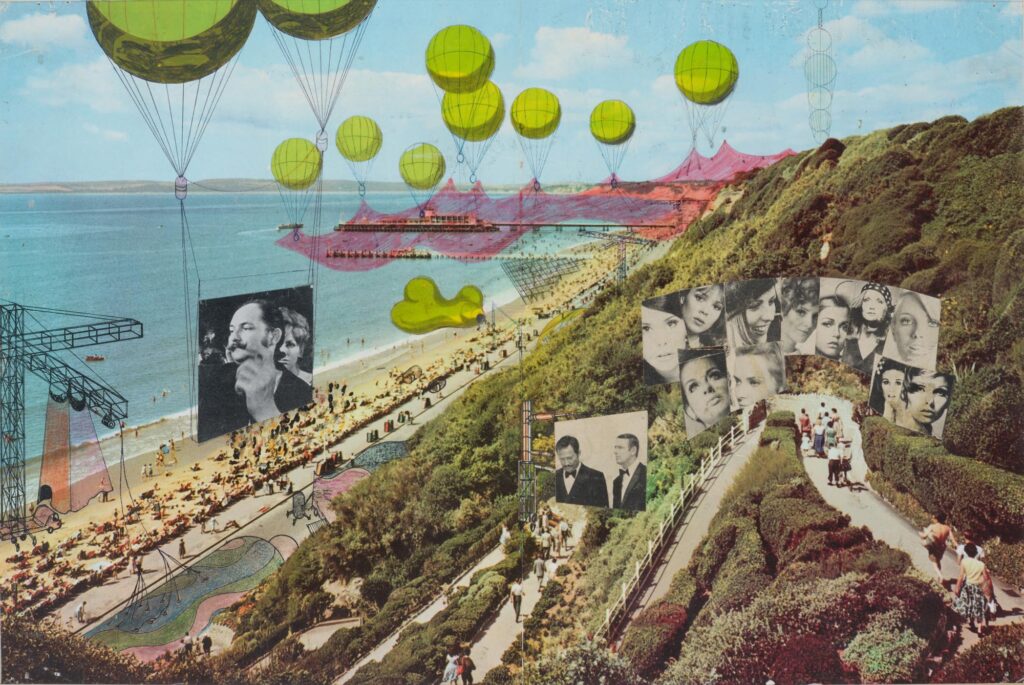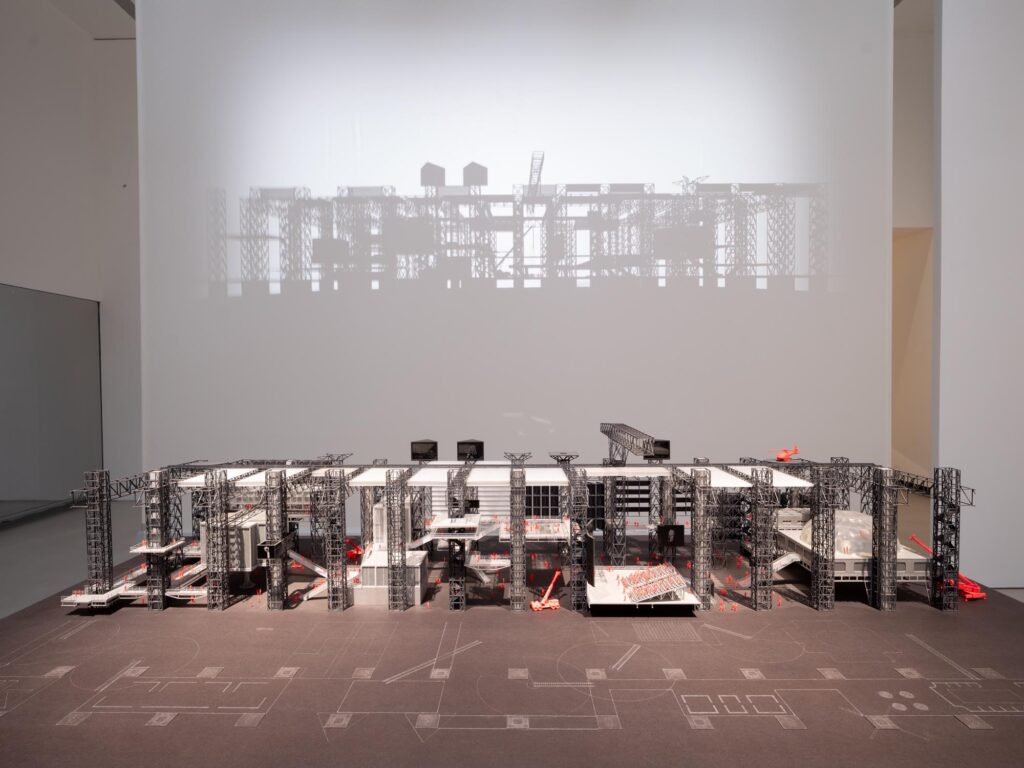Curated by one of the world’s most famous and influential design studios, which is also featured, the exhibition investigates movement as an internal property of architecture: buildings that change their configuration, have mobile elements and swell or turn to welcome visitors.

We live in a world in constant motion. Why should architecture stand still? Since the onset of the Industrial Revolution, the speed of change has accelerated to a breakneck pace. The relentless churn of political upheaval, economic fluctuations, social reforms, climate change, and technological innovation shapes our world in flux.
Practical info
‘Restless Architecture’ by Diller Scofidio + Renfro
October 25 – February 16, 2025
Galleria KME at MAXXI Roma
Via Guido Reni, 4a, 00196 Roma
Italy
By contrast, architecture remains slow, heavy, expensive, and inert. The postwar era introduced a new resistance to architecture’s stubborn rigidity. Motivated by pragmatic and utopian ideals, architecture has aspired to free itself from stasis. Four principles frame this ambition and the exhibition: mobility, adaptability, operability and ecodynamism.


Mobility allows buildings to physically relocate, whether forced to move to avoid demolition or transported elsewhere by choice. Adaptability enables buildings to reconfigure and absorb technological or programmatic changes wrought by economic or social developments. Operability allows buildings to function like machines, tuned to the needs of their inhabitants to serve individual or collective purposes. While most buildings form an airtight seal against the elements, ecodynamism integrates technologies to create supple interfaces between a building and its environment.


Exhibition catalogue: Restless Architecture. Diller Scofidio + Renfro
The book of the Restless Architecture exhibition, curated and designed by the New York-based studio Diller Scofidio + Renfro for MAXXI, intercepts a line of research parallel to that of the exhibition and, at the same time, establishes a continuous relationship with it. On the one hand, it explores the theme of movement as an alien and, simultaneously, inescapable dimension of the architectural organism, rereading some of the architects’ crucial realisations and relating them to other critical experiences of modernity.


On the other hand, it restores the sequence conceived by the Diller Scofidio + Renfro studio specifically for the Roman exhibition, thus offering an unprecedented and topical interpretation of the theme, configured as a critical essay of their extensive and spectacular production. The result is a complex and convincing narrative that introduces a new key to the history and present of architecture.


The volume is enriched by a rich iconographic apparatus, author’s images depicting the architecture of Diller Scofidio + Renfro, and an anthology of texts on the theme of movement from the 1st century B.C. to the contemporary age.
The exhibition catalogue is edited by Pippo Ciorra and Maddalena Scimemi, and features texts by Lorenza Baroncelli, Pippo Ciorra, Cornelia Escher, Samantha Hardingham, Sylvia Lavin, Maddalena Scimemi and Erik Wegerhoff. It is a double edition in Italian and English, edited by Forma editions, Florence 2024.

